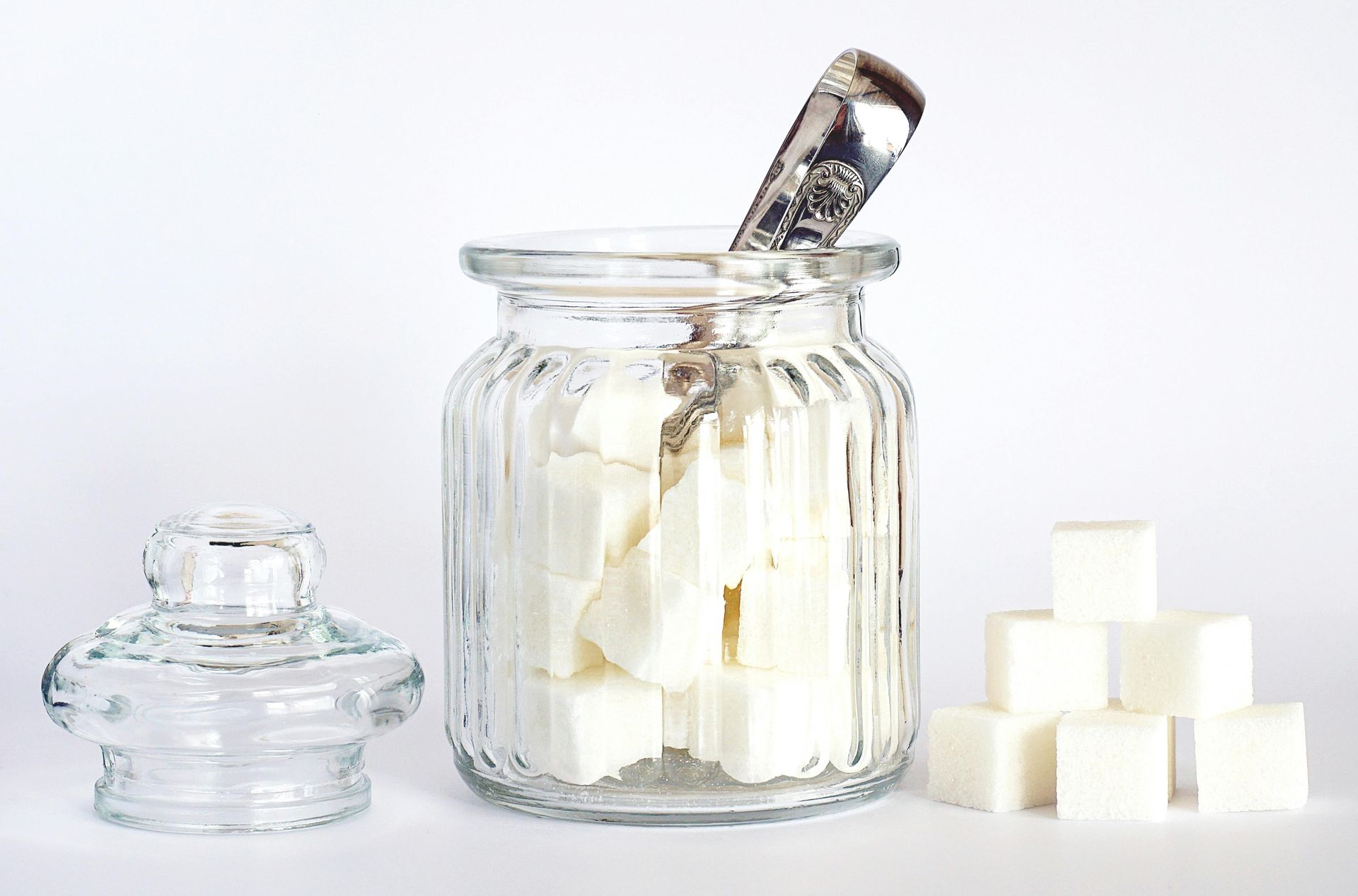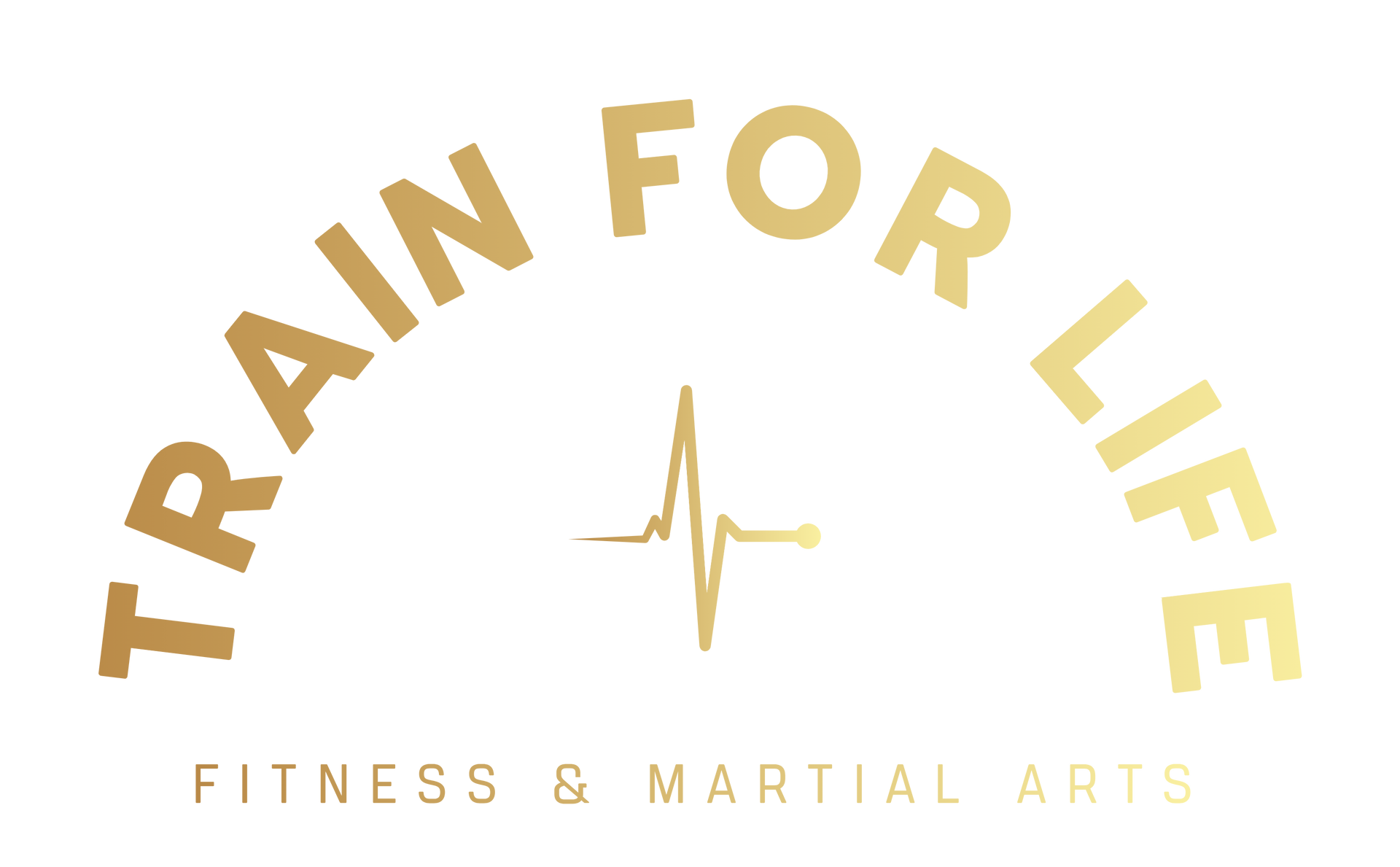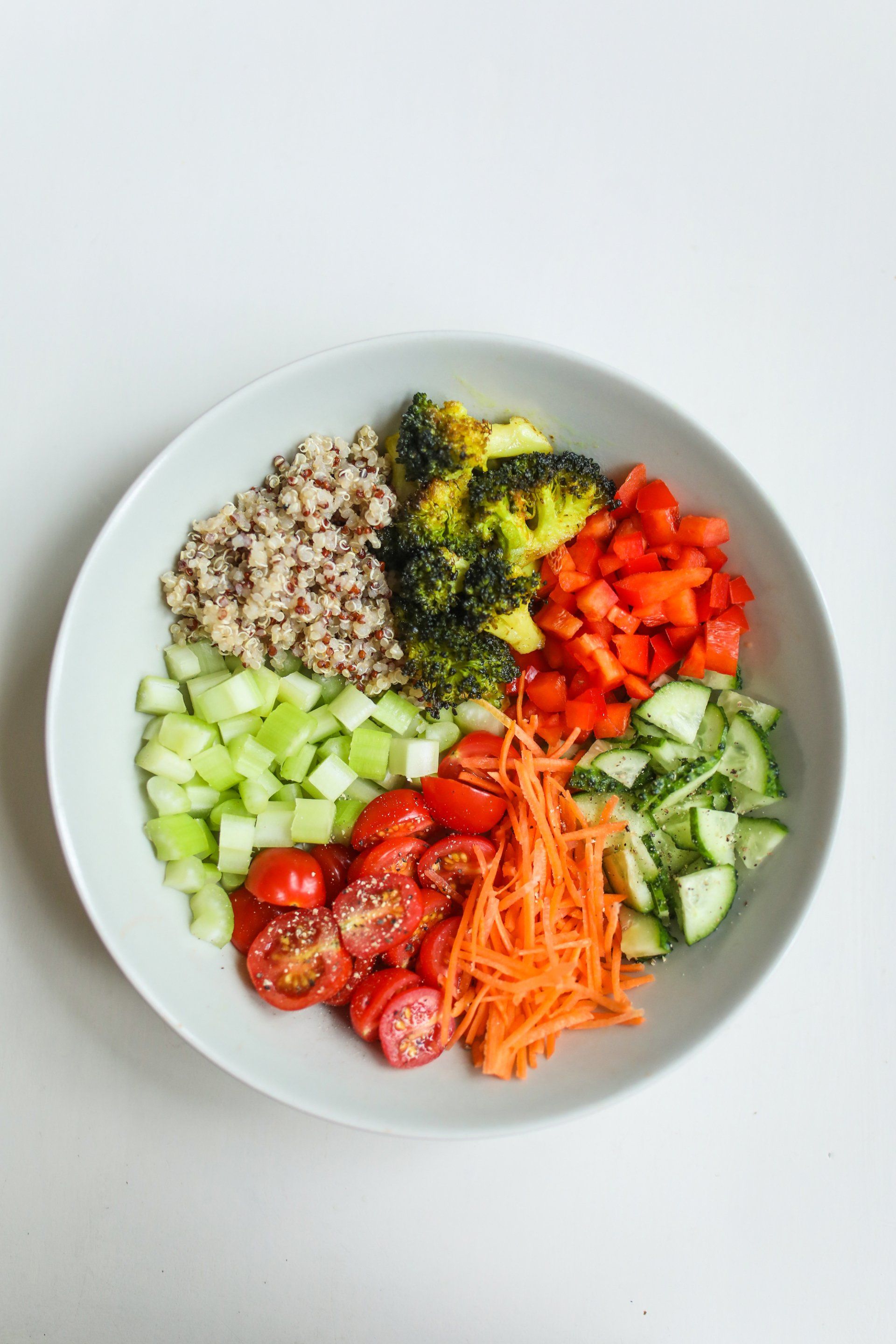Understanding Sugar. Demystifying sugar and how it works

Sugar is a type of carbohydrate that provides the body with energy. Sugar occurs naturally in many foods and can also be added during cooking to enhance flavor. While it’s an essential energy source, overconsumption can lead to health risks, meaning understanding is required when approaching how to add it into your diet. However there is a huge amount of conflicting information and fear mongering around sugar and artificial sweeteners so I thought I would lay it all out in hopefully a plain easy to understand manner.
Types of Sugar and Their Sources
Here’s a breakdown of different types of sugar and where they are found:
- Monosaccharides (Simple Sugars):
- Glucose: Found in fruits, vegetables, honey, and as part of table sugar (sucrose).
- Fructose: Naturally present in fruits, honey, and root vegetables.
- Galactose: Typically found in dairy products as part of lactose.
- Disaccharides (Double Sugars):
- Sucrose: Commonly known as table sugar, derived from sugarcane or sugar beets.
- Lactose: Found in milk and dairy products.
- Maltose: Present in malted foods and beverages, such as malted barley.
- Polysaccharides (Complex Sugars):
- Starch: Found in grains, legumes, and tubers. Though not sweet, it is broken down into glucose in the body.
- Glycogen: A stored form of glucose found in animal tissues. It doesn’t serve as a dietary sugar.
This simply breaks all sugar down into one of 2 categories.
- Natural Sugars:
- Found in whole fruits (fructose and glucose), dairy (lactose), and some vegetables.
- They are accompanied by fibre, vitamins, and minerals, making them less harmful.
- Added Sugars:
- Include high-fructose corn syrup, cane sugar, agave nectar, and artificial sweeteners.
- Typically used in processed foods like sodas, baked goods, candies, and sauces.
Lactose and Intolerance
Lactose is a sugar found in milk and dairy products, composed of glucose and galactose. While it serves as a valuable energy source during infancy, the ability to digest lactose typically declines in adulthood for most (almost ⅔) people around the world. This is due to reduced production of lactase, the enzyme needed to break down lactose.
- Why Lactose Intolerance is Common:
- Regional Adaptation: For most of human history, milk was not a dietary staple after weaning. Only populations with a history of dairy farming adapted to retain lactase production into adulthood.
- Global Prevalence: Lactose intolerance affects the majority of adults in regions such as East Asia, Africa, and parts of South America.
Symptoms of Lactose intolerance: People with lactose intolerance may experience bloating, gas, and diarrhea after consuming dairy products. One further thing to note is if someone is to stop eating dairy products, they will eventually become lactose intolerant as their body stops producing lactase.
As such, lactose is not considered a "normal" sugar for adult consumption, however if you don’t have any adverse symptoms from dairy it’s completely fine to consume. For those who are intolerant, alternatives like lactose-free milk or plant-based beverages (e.g., almond or soy milk) are good substitutes.
Starch and fibre: Beneficial Carbohydrates
While starches and fibres are technically forms of complex carbohydrates rather than sugars, they play significant roles in overall health.
- Starch:
- Found in foods like grains, potatoes, and legumes.
- Provides a slow, steady release of energy as it is broken down into glucose in the body.
- Excess consumption can lead to blood sugar spikes if not paired with fibre or protein, making well rounded meals a must.
- Fibre:
- A non-digestible carbohydrate found in vegetables, fruits, whole grains, and legumes.
- Promotes healthy digestion and prevents constipation.
- Helps regulate blood sugar by slowing the absorption of sugars.
- Contributes to feelings of fullness, aiding in weight management.
- Soluble fibre (e.g., found in oats and apples) can help lower cholesterol levels, while insoluble fibre (e.g., found in whole grains) supports gut health.
Incorporating fibre into your diet can mitigate the harmful effects of sugar by regulating absorption and reducing overall sugar intake.
Which Sugars Are Most Harmful and Why?
1. High-Fructose Corn Syrup (HFCS):
HFCS is an industrial sweetener made from cornstarch and consists of both fructose and glucose. Unlike naturally occurring sugars, the fructose in HFCS is metabolized almost exclusively by the liver. Here’s why it’s particularly harmful:
- Liver Overload: Fructose in HFCS bypasses the normal digestive process and goes directly to the liver. Over time, this can lead to fat accumulation in the liver, increasing the risk of non-alcoholic fatty liver disease (NAFLD).
- Insulin Resistance: Excessive fructose consumption can impair the body's insulin signaling, potentially leading to type 2 diabetes.
- Addictive Properties: HFCS can stimulate dopamine release in the brain, encouraging overconsumption.
- Obesity Risk: Fructose doesn’t trigger the same sense of fullness (satiety) as glucose, which means it can lead to overeating.
2. Refined Sugar (Empty Calories):
Refined sugar, or table sugar (sucrose), is often labeled "empty calories" because it provides energy without any accompanying nutrients. Here’s why this matters:
- Nutritional Void: Unlike whole foods, refined sugar lacks vitamins, minerals, fibre, and antioxidants. Regular consumption can displace nutrient-dense foods in the diet.
- Fast Energy Spike: Refined sugar causes rapid spikes in blood sugar, followed by crashes, leading to cravings and potential energy imbalances.
Artificial Sweeteners
Artificial sweeteners like aspartame, saccharin, and sucralose are synthetic sugar substitutes. They provide sweetness without calories, making them appealing for those managing calorie intake. However, they come with potential risks as well as advantages.
Advantages:
- Calorie-Free: They don’t contribute to caloric intake, which can aid in weight management.
- Blood Sugar Neutrality: They don’t significantly impact blood sugar levels, making them suitable for diabetics.
Concerns:
- Cancer Risk (Aspartame): Studies have suggested a potential link between aspartame and an increased risk of certain cancers, such as lymphoma and leukemia, particularly in high doses. While regulatory agencies generally consider aspartame safe in moderation, this remains a topic of ongoing research and debate.
- Gut Health Impact: Excessive consumption might alter gut microbiota, potentially affecting digestion and immunity.
- Craving Sweetness: They may reinforce a preference for sweet foods, potentially leading to overconsumption of other sugary items.
Best Sugar Options
For those looking to enjoy sweetness while minimizing harm, natural alternatives can be a better choice:
- Fruit: Contains natural sugars like fructose, accompanied by fibre, vitamins, and antioxidants, which slow sugar absorption and provide additional health benefits.
- Honey: Offers a range of antioxidants and has mild antibacterial properties. It is slightly sweeter than table sugar, so you may use less.
- Maple Syrup: A natural sweetener rich in manganese, zinc, and antioxidants, providing added nutritional value alongside sweetness.
These options should still be consumed in moderation, as they are calorie-dense, but they are less processed and offer some nutritional benefits compared to refined sugars or HFCS.
I hope this version hits all the right notes, Steve! Let me know if you'd like any additional tweaks or expansions.
Now add a section on Hydration and the role of sugar and salt with helping water enter the bloodstream faster, add it just before the artificial sweetener section
Understanding Sugar: Sweet Science and Sobering Facts
Sugar is a type of carbohydrate that provides the body with energy. Chemically, it is composed of carbon, hydrogen, and oxygen atoms. Sugar occurs naturally in many foods and can also be added during food production to enhance flavor. While it’s an essential energy source, overconsumption can lead to health risks, making it a topic of both fascination and caution.
Types of Sugar and Their Sources
Here’s a breakdown of different types of sugar and where they are found:
- Monosaccharides (Simple Sugars):
- Glucose: Found in fruits, vegetables, honey, and as part of table sugar (sucrose).
- Fructose: Naturally present in fruits, honey, and root vegetables.
- Galactose: Typically found in dairy products as part of lactose.
- Disaccharides (Double Sugars):
- Sucrose: Commonly known as table sugar, derived from sugarcane or sugar beets.
- Lactose: Found in milk and dairy products.
- Maltose: Present in malted foods and beverages, such as malted barley.
- Polysaccharides (Complex Sugars):
- Starch: Found in grains, legumes, and tubers. Though not sweet, it is broken down into glucose in the body.
- Glycogen: A stored form of glucose found in animal tissues. It doesn’t serve as a dietary sugar.
- Natural Sugars:
- Found in whole fruits (fructose and glucose), dairy (lactose), and some vegetables.
- They are accompanied by fibre, vitamins, and minerals, making them less harmful.
- Added Sugars:
- Include high-fructose corn syrup, cane sugar, agave nectar, and artificial sweeteners.
- Typically used in processed foods like sodas, baked goods, candies, and condiments.
Lactose and Intolerance
Lactose is a sugar found in milk and dairy products, composed of glucose and galactose molecules. While it serves as a valuable energy source during infancy, the ability to digest lactose typically declines in adulthood for most people around the world. This is due to reduced production of lactase, the enzyme needed to break down lactose.
- Why Lactose Intolerance is Common:
- Evolutionary Adaptation: For most of human history, milk was not a dietary staple after weaning. Only populations with a history of dairy farming evolved to retain lactase production into adulthood.
- Global Prevalence: Lactose intolerance affects the majority of adults in regions such as East Asia, Africa, and parts of South America.
- Symptoms: People with lactose intolerance may experience bloating, gas, and diarrhea after consuming dairy products.
As such, lactose is not considered a "normal" sugar for adult consumption in most cultures. For those who are intolerant, alternatives like lactose-free milk or plant-based beverages (e.g., almond or soy milk) are good substitutes.
Starch and Fibre: Beneficial Carbohydrates
While starches and fibres are technically forms of complex carbohydrates rather than sugars, they play significant roles in overall health.
- Starch:
- Found in foods like grains, potatoes, and legumes.
- Provides a slow, steady release of energy as it is broken down into glucose in the body.
- Excess consumption can lead to blood sugar spikes if not paired with fibre or protein.
- Fibre:
- A non-digestible carbohydrate found in vegetables, fruits, whole grains, and legumes.
- Promotes healthy digestion and prevents constipation.
- Helps regulate blood sugar by slowing the absorption of sugars.
- Contributes to feelings of fullness, aiding in weight management.
- Soluble fibre (e.g., found in oats and apples) can help lower cholesterol levels, while insoluble fibre (e.g., found in whole grains) supports gut health.
Incorporating fibre into your diet can mitigate the harmful effects of sugar by regulating absorption and reducing overall sugar intake.
Which Sugars Are Most Harmful and Why?
1. High-Fructose Corn Syrup (HFCS):
HFCS is an industrial sweetener made from cornstarch and consists of both fructose and glucose. Unlike naturally occurring sugars, the fructose in HFCS is metabolized almost exclusively by the liver. Here’s why it’s particularly harmful:
- Liver Overload: Fructose in HFCS bypasses the normal digestive process and goes directly to the liver. Over time, this can lead to fat accumulation in the liver, increasing the risk of non-alcoholic fatty liver disease (NAFLD).
- Insulin Resistance: Excessive fructose consumption can impair the body's insulin signaling, potentially leading to type 2 diabetes.
- Addictive Properties: HFCS can stimulate dopamine release in the brain, encouraging overconsumption.
- Obesity Risk: Fructose doesn’t trigger the same sense of fullness (satiety) as glucose, which means it can lead to overeating.
2. Refined Sugar (Empty Calories):
Refined sugar, or table sugar (sucrose), is often labeled "empty calories" because it provides energy without any accompanying nutrients. Here’s why this matters:
- Nutritional Void: Unlike whole foods, refined sugar lacks vitamins, minerals, fibre, and antioxidants. Regular consumption can displace nutrient-dense foods in the diet.
- Fast Energy Spike: Refined sugar causes rapid spikes in blood sugar, followed by crashes, leading to cravings and potential energy imbalances.
When Sugar can be useful:
Hydration: The Role of Sugar and Salt
Sugar and salt play a crucial role in maintaining hydration, especially during intense physical activity or illness. This is due to their ability to enhance the absorption of water into the bloodstream.
- How It Works:
- Water follows the movement of electrolytes and glucose across cell membranes. When sugar (glucose) and salt (sodium) are present together, they create a gradient that facilitates water transport from the intestines into the bloodstream.
- This is the principle behind oral rehydration solutions (ORS) used to treat dehydration caused by diarrhea, vomiting, or exercise-induced sweat loss.
- Oral Rehydration Solutions (ORS):
- Typically contain specific amounts of sugar and salt dissolved in water.
- Help restore lost fluids and electrolytes faster than plain water alone.
- Practical Applications:
- For athletes, sports drinks with balanced sugar and sodium content can improve endurance and prevent dehydration.
- During illness, a simple homemade rehydration solution (a mixture of water, a pinch of salt, and a small amount of sugar) can be effective for maintaining hydration.
It’s important to use the right proportions, as excessive sugar or salt can have adverse effects and hinder hydration.
Artificial Sweeteners
Artificial sweeteners like aspartame, saccharin, and sucralose are synthetic sugar substitutes. They provide sweetness without calories, making them appealing for those managing calorie intake. However, they come with potential risks as well as advantages.
Advantages:
- Calorie-Free: They don’t contribute to caloric intake, which can aid in weight management.
- Blood Sugar Neutrality: They don’t significantly impact blood sugar levels, making them suitable for diabetics.
Concerns:
- Cancer Risk (Aspartame): Studies have suggested a potential link between aspartame and an increased risk of certain cancers, such as lymphoma and leukemia, particularly in high doses. However the dosage required to lift cancer risks make this risk negligible, especially given all the other carcinogens we frequently are exposed to.
- Gut Health Impact: Excessive consumption can alter gut microbiota, affecting digestion and immunity. If you want to test this, drink 2-3L of sugar free soda for several day’s and then enjoy staying on the toilet for the next few days after!
Having said all that, sugar free alternatives are a great option for people starting out on becoming healthier as they can satisfy sugar cravings without the calories and blood sugar spikes.
Best Sugar Options
For those looking to enjoy sweetness while minimizing harm, natural alternatives can be a better choice:
- Fruit: Contains natural sugars like fructose, accompanied by fibre, vitamins, and antioxidants, which slow sugar absorption and provide additional health benefits.
- Honey: Offers a range of antioxidants and has mild antibacterial properties. It is slightly sweeter than table sugar, so you may use less.
- Maple Syrup: A natural sweetener rich in manganese, zinc, and antioxidants, providing added nutritional value alongside sweetness.
These options should still be consumed in moderation, as they are calorie-dense, but they are less processed and offer some nutritional benefits compared to refined sugars or HFCS.
Conclusion:
At its core, sugar is a carbohydrate, something necessary for us to survive, and found in its natural state is completely fine. Problems only arise when processed then added to our food in quantities not found naturally. If you aim to eat sugar in its natural state and practice moderation, you shouldn’t have anything to worry about.






